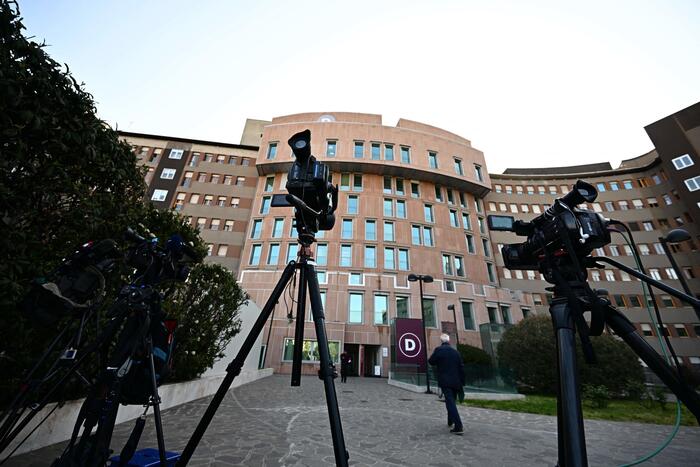From ‘fulminant’ to chronic leukemias, from myelomas to lymphomas, there are different types of blood cancer and the possibilities of curing them greatly depend on the subtype. Today, however, as explained by Franco Locatelli, director of the Department of Onco-Hematology and Cell and Gene Therapy of the Bambino Gesù Children’s Hospital of Rome, “we heal pathologies that were once considered untreatable and we have extraordinary weapons directed against the molecular lesions that underlie pathologies”. It would be one of these blood pathologies that struck the president of Forza Italia, Silvio Berlusconi who began a cycle of chemotherapy yesterday at the San Raffaele in Milan.
Leukemias are caused by the uncontrolled proliferation of haematopoietic stem cells, i.e. cells found in the bone marrow. “Following genetic mutations – explains the Italian Leukemia Association (Ail) – and complex mechanisms, stem cells can interrupt the maturation process, failing to lead to the formation of normal blood cells”. Furthermore, “the immature cell can acquire the ability to replicate without limit and become resistant to the mechanisms of programmed cell death”, invading the marrow, the blood and, sometimes, even the lymph nodes, spleen and liver.
There are more aggressive forms, such as acute promyelocytic leukemia, a subtype of acute myeloid leukemia, and those that are more treatable today, such as chronic myeloid leukemia and chronic lymphocytic leukemia. The latter is the most common form and also the most typical in the elderly: the average age at diagnosis is around 70, it affects about 5 people out of 100,000 every year and estimates speak of about 1,600 new cases every year among men and 1,150 among women. Acute lymphoblastic leukemia is the most common childhood cancer.
Then there are rare forms such as chronic myelomonocytic leukemia, hairy cell leukemia. The rate of disease progression is a key factor in classification. “The acute forms differ – specifies Ail – with an evolution in a short or very short time, from the chronic forms which “have a slower evolution”. Each type of leukemia is treated following a specific therapeutic strategy, from chemotherapy to immunotherapy up to Car-T and targeted therapies (target therapy).
Then there are other types of blood cancer such as myeloma and lymphoma. Lymphoma is a tumor originating from the uncontrolled multiplication of plasma cells, the cells of the immune system which have the task of producing antibodies.
While lymphomas are tumors that affect the lymphatic system and, more precisely, lymphocytes, the cells responsible for defense against infections. The latter are divided into Hodgkin’s lymphomas, more frequent between 20 and 30 years of age, and non-Hodgkin’s lymphomas which are a heterogeneous group of tumors (about 60) of the immune system and mainly affect adults. In particular, multiple myeloma is typical of advanced age.
breaking latest news © Copyright ANSA

